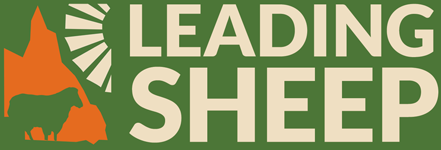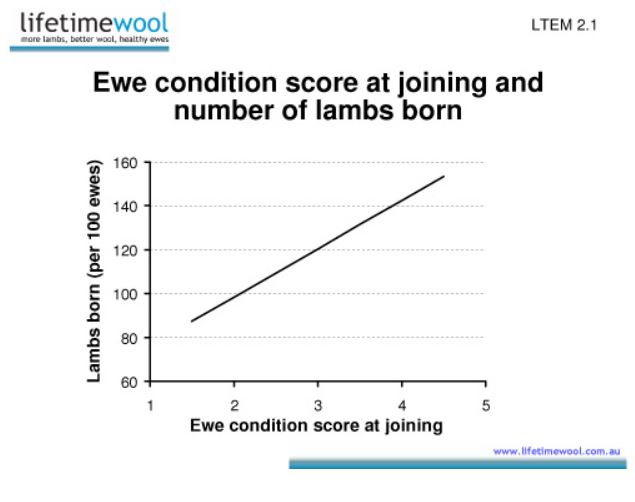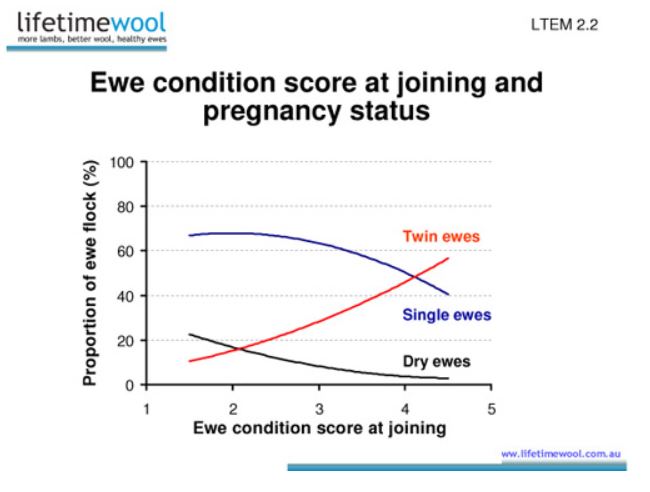- Livestock transport subsidies
- Top 5 biosecurity tips for sheep producers
- How to condition score your sheep?
- Why is it important to condition score your ewes?
- Upcoming events
- eBulletins
1. Livestock transport subsidies
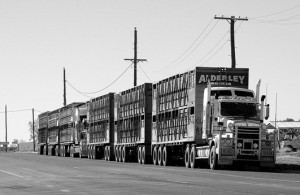 After the recent rain, if you are thinking about restocking or bring stock back from agistment then listening to these two short webinars on livestock transport subsidies is a must. Each of these webinars is only about seven minutes long and will give you an understanding of the eligibility requirements as well as some other important considerations. These subsidies are part of the Drought Relief Assistance Scheme (DRAS) offered by the Queensland Government and administered by the Department of Agriculture and Fisheries. These subsidies help with the cost of transporting livestock purchased for restocking and returning from agistment once the drought is over. To read the guidelines and download the application form click here.
After the recent rain, if you are thinking about restocking or bring stock back from agistment then listening to these two short webinars on livestock transport subsidies is a must. Each of these webinars is only about seven minutes long and will give you an understanding of the eligibility requirements as well as some other important considerations. These subsidies are part of the Drought Relief Assistance Scheme (DRAS) offered by the Queensland Government and administered by the Department of Agriculture and Fisheries. These subsidies help with the cost of transporting livestock purchased for restocking and returning from agistment once the drought is over. To read the guidelines and download the application form click here.
Click here to view the transport subsidy for restocking webinar
Click here to view the transport subsidy for stock returning from agistment webinar
2. Top 5 biosecurity tips for sheep producers
 On-farm biosecurity is a set of measures designed to protect a property from the entry and spread of pests, weeds and diseases. It can be any activity, procedure or measure that you take to reduce the likelihood of the introduction and spread of livestock diseases, pests or weeds. These top 5 biosecurity tips for sheep producers have been developed by the Livestock Biosecurity Network:
On-farm biosecurity is a set of measures designed to protect a property from the entry and spread of pests, weeds and diseases. It can be any activity, procedure or measure that you take to reduce the likelihood of the introduction and spread of livestock diseases, pests or weeds. These top 5 biosecurity tips for sheep producers have been developed by the Livestock Biosecurity Network:
- Have a plan!
- Keep records
- Come clean, stay clean, go clean
- Know the risks
- Look, check, ask a vet.
To read a fact sheet with more detailed information about these biosecurity tips, click here.
3. How to condition score your sheep?
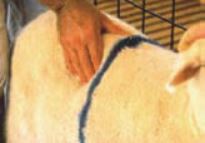 Condition scoring is an easy and accurate method of estimating the condition or ‘nutritional well-being’ of your sheep. It requires you to assess the amount of muscle and fat covering the backbone and the short ribs of each sheep. Each sheep should only take a few minutes to assess. A random sample of 25 sheep from the middle of the mob will give an average condition score that can then be used to make decisions. Condition scoring can be done while the sheep are in the yards for other husbandry activities.
Condition scoring is an easy and accurate method of estimating the condition or ‘nutritional well-being’ of your sheep. It requires you to assess the amount of muscle and fat covering the backbone and the short ribs of each sheep. Each sheep should only take a few minutes to assess. A random sample of 25 sheep from the middle of the mob will give an average condition score that can then be used to make decisions. Condition scoring can be done while the sheep are in the yards for other husbandry activities.
Click here to view the condition scoring video (less than 6 minutes)
When condition scoring, the sheep should be in a relaxed position. It should not be tense, crushed by other animals or held in a crush. Place your thumb on the backbone just behind the last long rib and your fingers against the stubby ends of the short ribs. Use the 1 to 5 scoring system as described here, to assign a condition score to each sheep. Be sure to record the scores so that you can calculate the average. A simple method is to use the condition score worksheet, which gives you a middle point, shows the range of scores and whether there is a significant tail in the mob.
4. Why is it important to condition score your ewes?
 There are a number of reasons why condition scoring your ewes (and then using this information) is important including:
There are a number of reasons why condition scoring your ewes (and then using this information) is important including:
- Ewes in better condition at joining have more lambs
- Ewes in better condition at lambing have heavier lambs
- Lamb survival is increased with improved ewe condition
- Ewe mortality is decreased with increased condition
In a series of articles over the next few editions of the Leading Sheep e-newsletter ‘Around the Camp’ we will examine these reasons in more details, starting with number one – ewes in better condition at joining have more lambs.
Ewes in better condition at joining have more lambs.
Ewes in higher condition score at joining conceive more lambs and therefore have a higher reproductive rate (measured as foetuses/100 ewes joined). Ovulation rate at joining is largely determined by ewe condition at joining. Ewes should be in at least condition score 3 during joining. The reproductive rate increases with increasing ewe condition score. This means on average an extra 20 lambs per 100 ewes for an additional condition score at joining. The response in ewe reproductive rate to increased ewe condition score at joining is outlined in the figure below (source LifetimeWool).
The higher reproductive rate is due to fewer dry ewes and more ewes conceiving twins, see figure below (source LifetimeWool).
- At condition score 3, there should be no more than 10% dry ewes in most Merino flocks and less than 5% dry ewes in cross-bred flocks.
- In flocks scanning around 150%, more than 50% of ewes carry twins and less than 5% will be dry.
5. Upcoming events
18 August, Longreach, Digital mapping workshop. Click here to register or for more information.
24 August, Tambo, Precision pastoral management field day. Click here to view the flyer.
24 August, Dirranbandi, Getting the flock back on track after drought. Click here to view the flyer.
30 August, ‘Dunvegan’ Charleville, AgForce SW Regional Event – Bulls, Breeders & BarBQ. For more information or to register contact Vicki Franklin 07 4654 3675 or email franklinv@agforceqld.org.au
2-4 September, Jondaryn Woolshed, Jackie Howe Festival of the Golden Shears. For more information click here.
4-9 September, Adelaide, SA, World Merino Insight. For more details or to register visit www.worldmerinoinsight.com.au
6 September 1.00-1.30pm, Serious about grazier safety webinars series – safe systems of work. Click here for more information and to register for this webinar. Date claimer for other webinars in the series … registrations open soon, Step 4 – Induction, training and supervision webinar 4 October 2016; Step 5 – Reporting safety webinar 2 November 2016; Step 6 – Health and wellbeing webinar 2 December 2016.
7 September, Bollon and 8 September, Eulo, Bull selection and heifer management – considerations for post-drought herd rebuilding to leverage performance and growth. Click here to view the flyer.
28 September, Dirranbandi, Sheep Technology field day. For more information click here.
6-8 October, Roma, QRRRWN State Conference. For more information click here.
12 October, Cunnamulla, Managing for More Lambs forum and dinner. Click here for more information.
Wk 17 October, south west Queensland, Grazing BMP workshops (tbc). For more information on Grazing BMP click here.
27 October, Blackall, Sheep Options day (tbc).
28-30 October, Betoota, Channel Country Ladies Day. For more information click here.
6. eBulletins
AWI Woolgrowers’ eNewsletter – July
AWI wool market review – week ending 12 August
Invasive Animals CRC Feral Flyer – 14 July
ParaBoss News July 2016 – Feature Articles
ParaBoss News July 2016 – State Outlooks
Qld Biosecurity Act newsletter – 1 August
Livestock Biosecurity Network news – July
